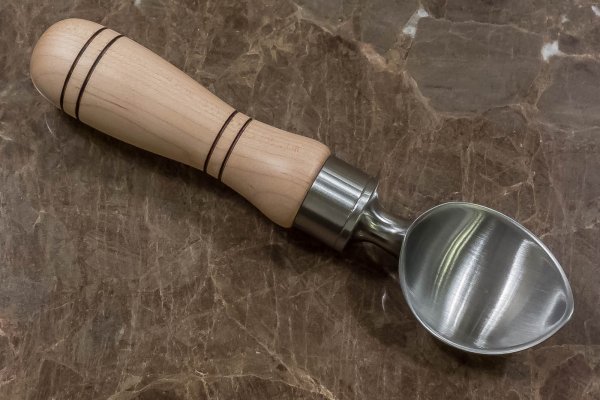TromboneAl
Give me a museum and I'll fill it. (Picasso) Give me a forum ...
- Joined
- Jun 30, 2006
- Messages
- 12,880
I would periodically sand and put mineral oil on my knife handles, but they would soon get waterlogged and grungy. Here's what they would look like:

Then I sanded and stained with Minwax (since the handles don't actually touch the food). Still not good.
So, against conventional advice, I sanded, Minwaxed, and then painted them with polyurethane. They look good,

and they're fine if my hand is dry. But if the handle or my hand is wet or greasy, they just feel way too slippery.
Any suggestions for an easy way to reverse this mistake?

Then I sanded and stained with Minwax (since the handles don't actually touch the food). Still not good.
So, against conventional advice, I sanded, Minwaxed, and then painted them with polyurethane. They look good,

and they're fine if my hand is dry. But if the handle or my hand is wet or greasy, they just feel way too slippery.
Any suggestions for an easy way to reverse this mistake?



